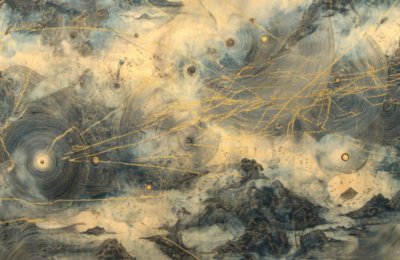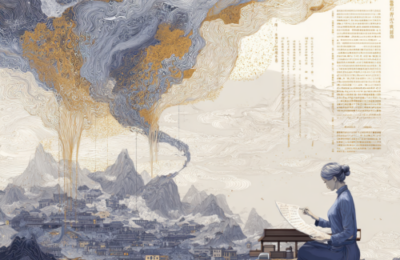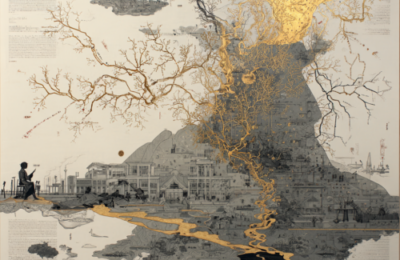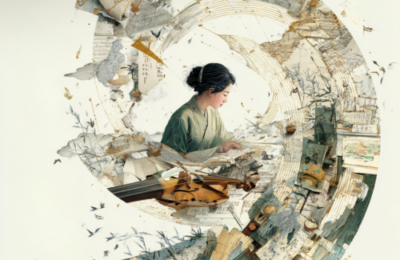《节奏文明观|声音篇 —— 声音如何显形文明:世界在频率里被记住》
声音,不只是被听见,而是文明显形的方式。 从楚简的五音、乐风,到楚辞的呼唤与叩问; 从高铁美学的香气、色彩、戏曲、工艺与乐器, 到速度时代被重新激活的气息结构—— 声音将这些异质的材料对齐, 让古今在同一频率上共振。 本篇追问: 一个文明,是如何通过声音保持呼吸、记忆与秩序的? Sound is not merely heard—it is how a civilization becomes visible. From the Five Tones and musical governance in Chu bamboo texts, to the chants and inquiries of the Chu Ci; from the sensory systems of High-Speed Rail Aesthetics— aroma, color, opera, craftsmanship, instruments— to the breath-structures reactivated in the age of speed, sound aligns these disparate materials into a single field of resonance. This essay asks: How does a civilization sustain its breath, memory, and order through sound?










